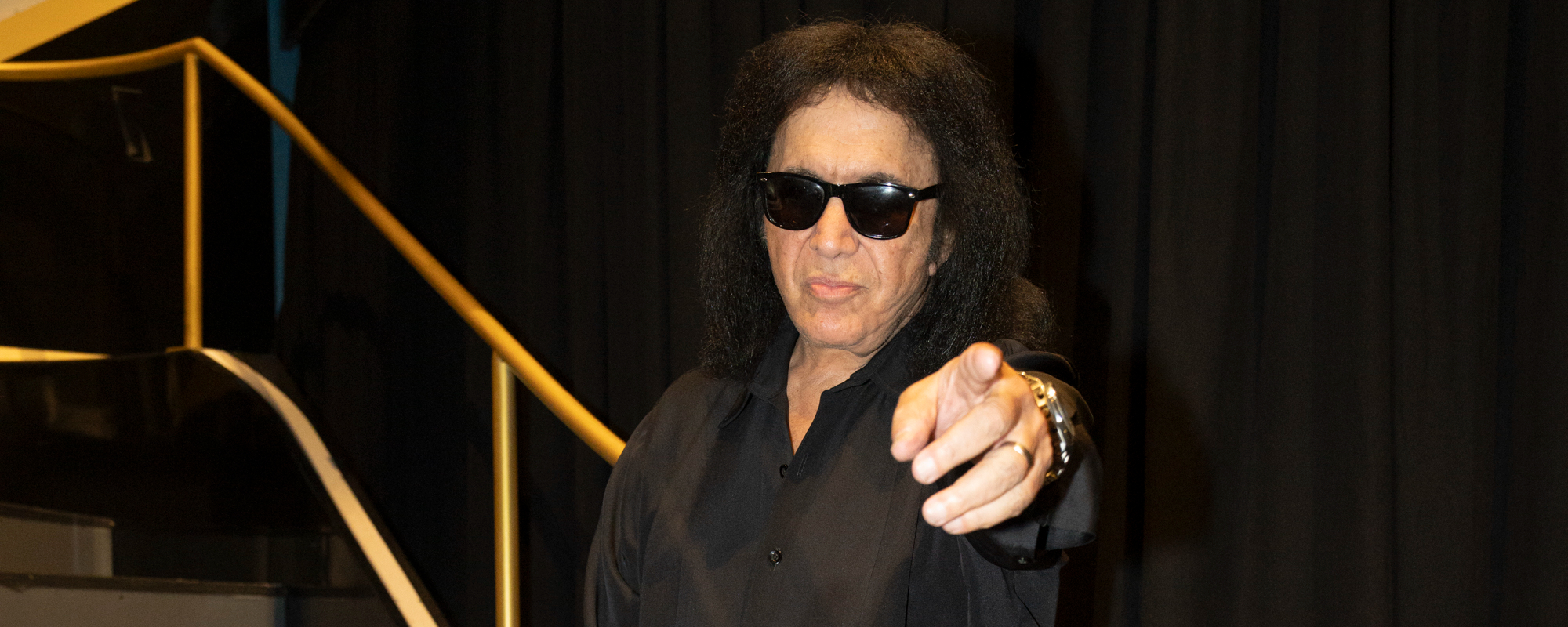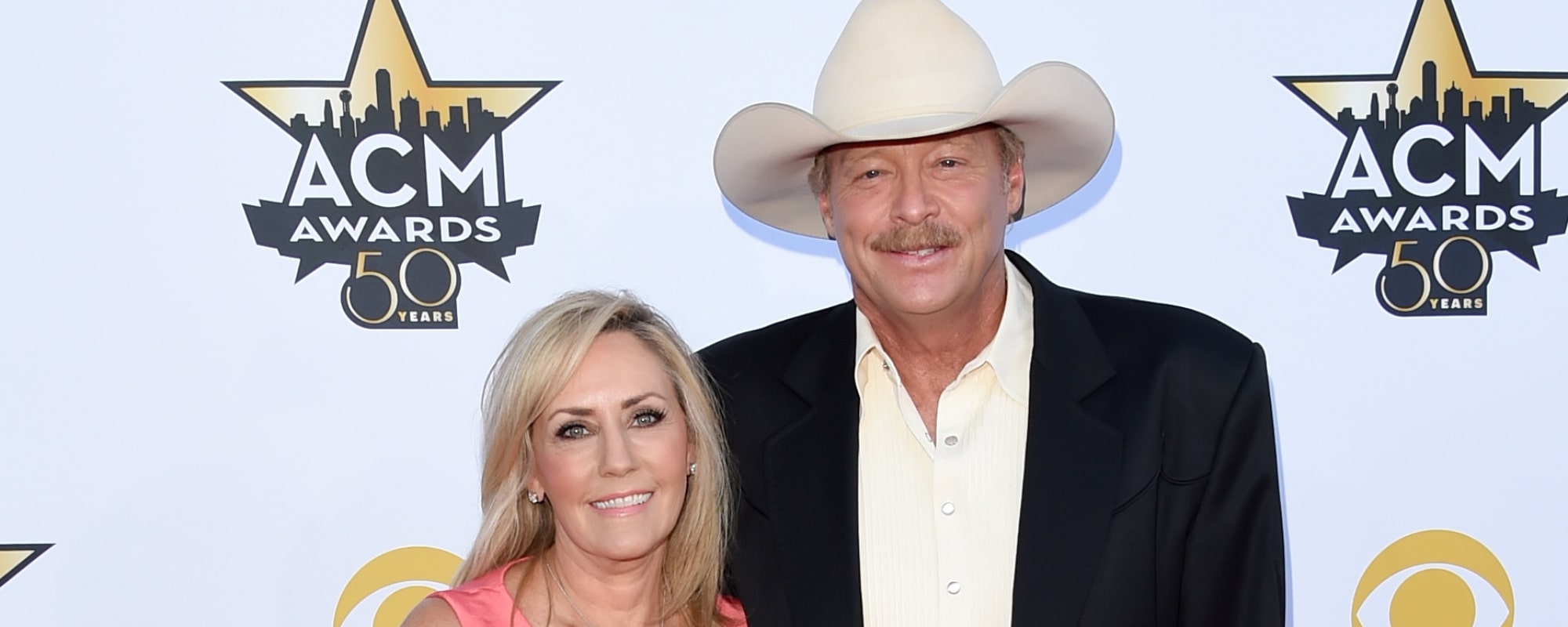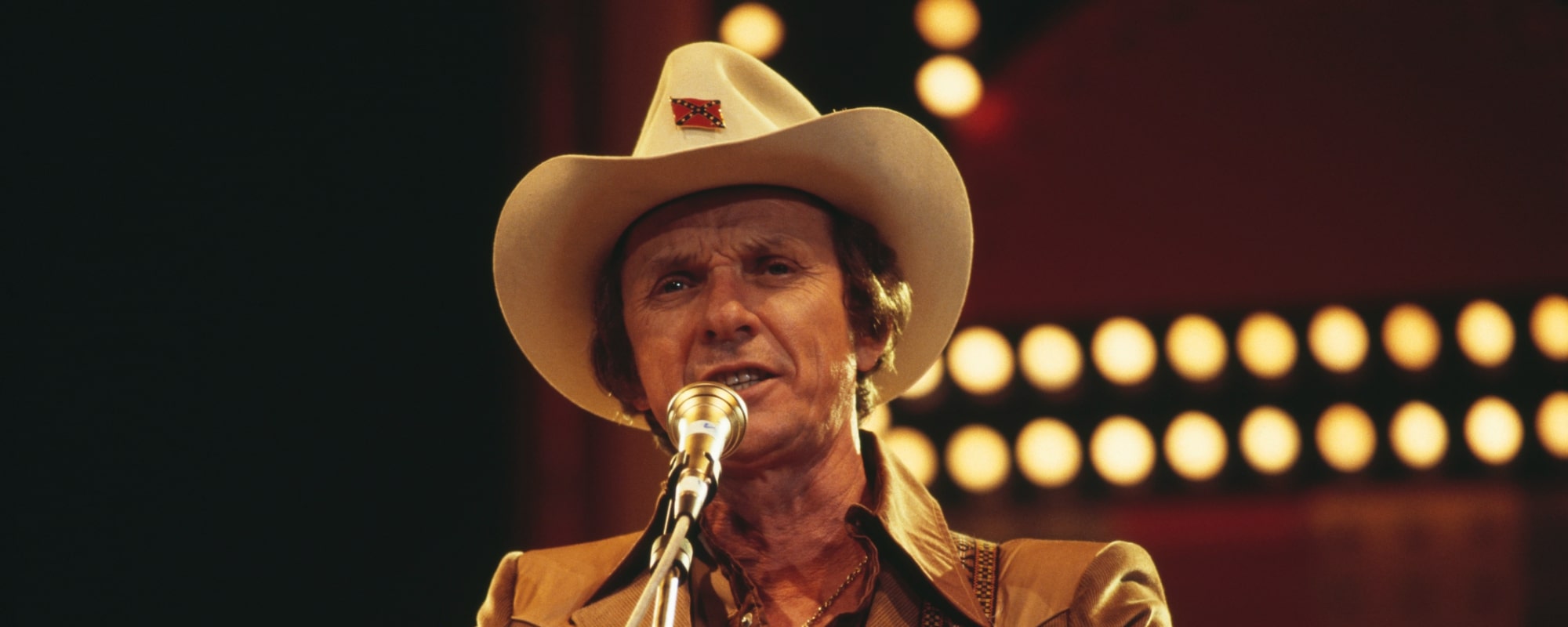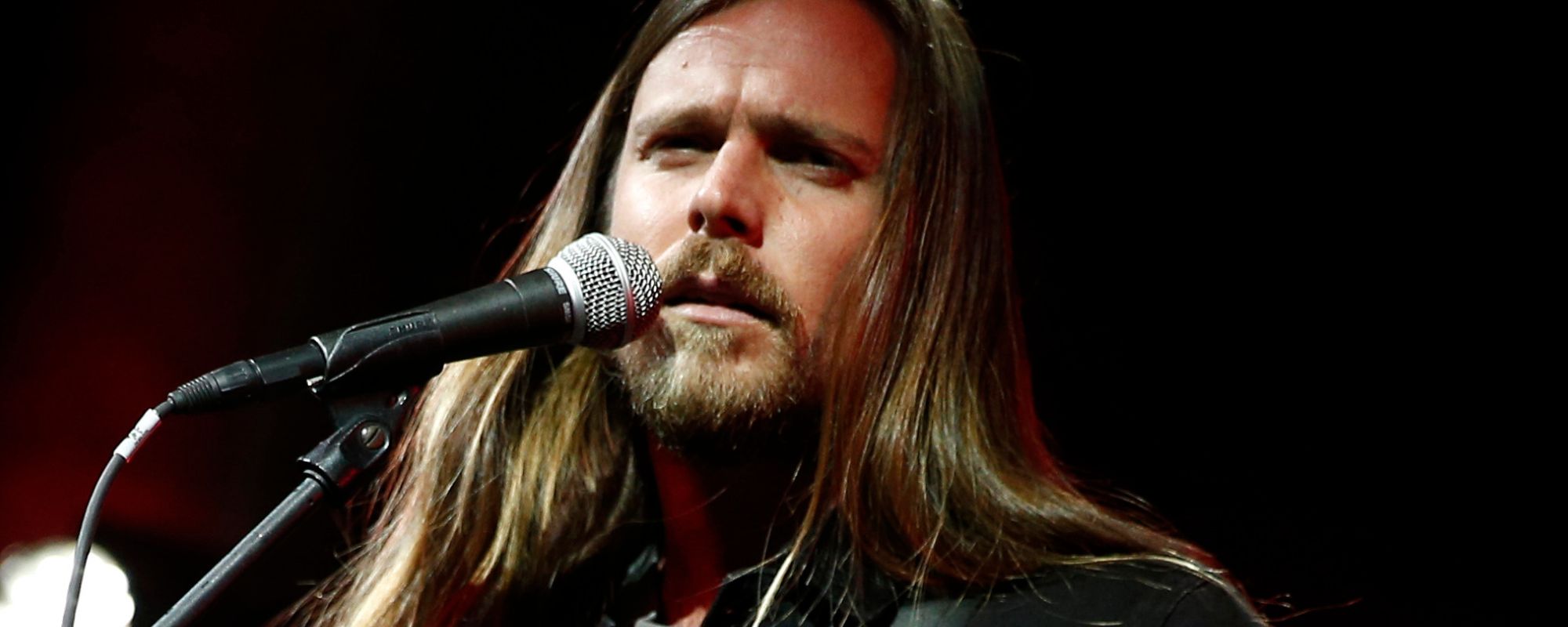Merle Haggard enjoyed plenty of hits back in the 1960s. The country crooner already had a string of No. 1 hits on the US and Canadian country music charts by the time he got to “Workin’ Man Blues” in 1969. That song, produced by Haggard and The Strangers, was a fine pathway into the 1970s. In that decade, Haggard would finally hit the coveted Hot 100 chart with a number of hit songs.
Videos by American Songwriter
That string of luck didn’t start with “Workin’ Man Blues”. But the song certainly did a lot more for Haggard’s image than just numbers on a chart. The song was a massive success on a cultural level, validating a whole group of fans that helped elevate Haggard to superstardom. And that group was blue-collar, working-class men.
The Enduring Power and Reliability of “Workin’ Man Blues” by Merle Haggard
On this very day in 1969, Merle Haggard made it to No. 1 on the Billboard Country Singles chart. The successful song was written by Haggard and is a tribute to American blue-collar working-class men. It would later become one of his signature songs. However, “Workin’ Man Blues” was loved for much more than its catchy melody and Haggard’s smooth voice. Rather, it was (and still is) loved by Haggard’s main audience demographic because it made them feel seen.
It’s a big job just getting by with nine kids and a wife
But I’ve been a working man dang near all my life
And I’ll keep on working
As long as my two hands are fit to use
I’ll drink my beer in a tavern
Sing a little bit of these working man blues.
“Workin’ Man Blues” was a celebration of hardworking Americans who kept the country rolling. The song explored the hardships of raising a large family, but also glorified the notion of hard work.
“Workin’ Man Blues” was featured on Haggard’s 1969 record A Portrait Of Merle Haggard, which also featured other hits like “Hungry Eyes” and “Silver Wings”. Today, “Workin’ Man Blues” and the whole of A Portrait Of Merle Haggard are considered classics. And the song has been covered time and time again by Haggard’s contemporaries and fans, including Jerry Lee Lewis, Gary Morris, and others.
Photo by Kent/Mediapunch/Shutterstock









Leave a Reply
Only members can comment. Become a member. Already a member? Log in.